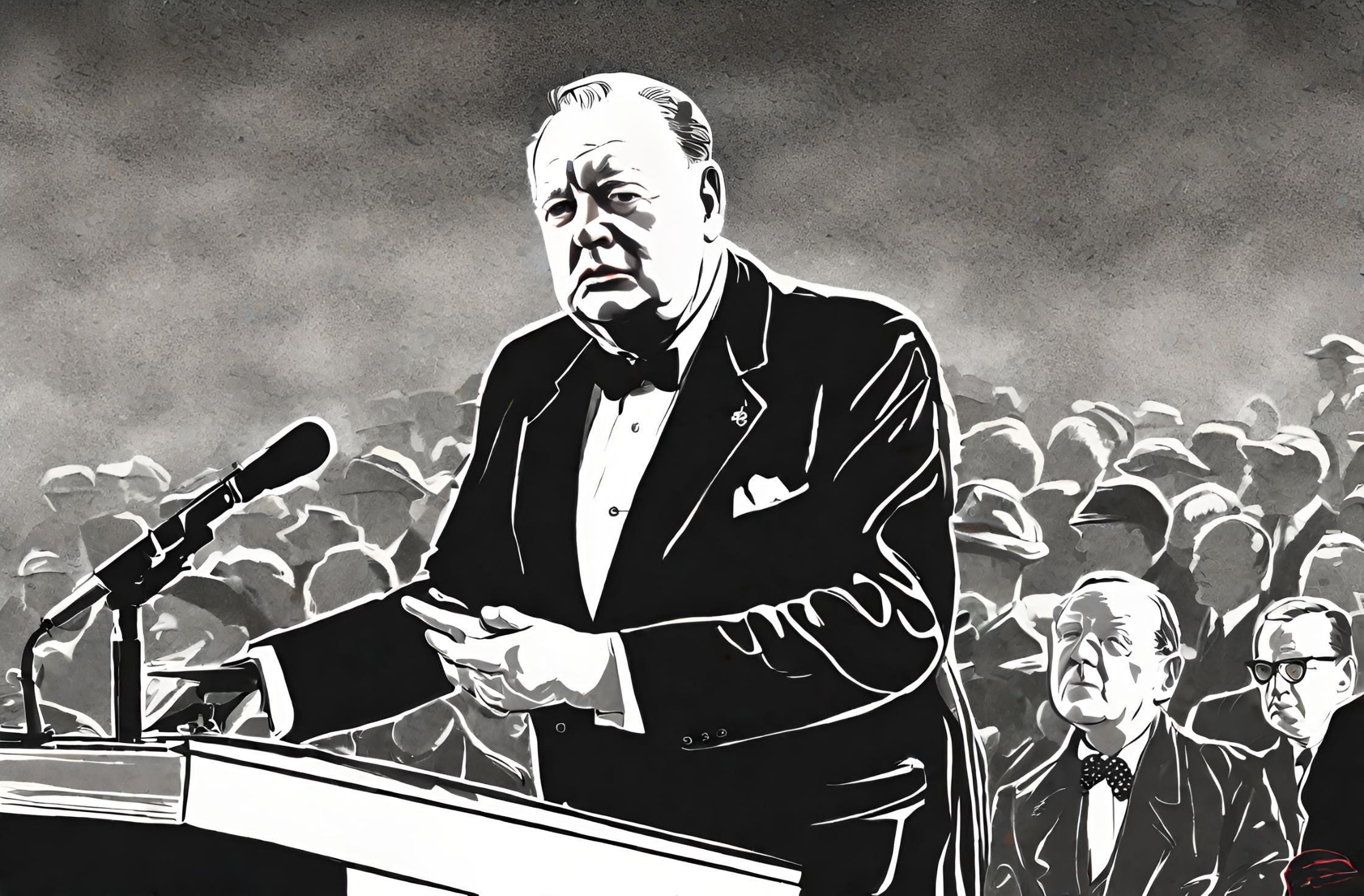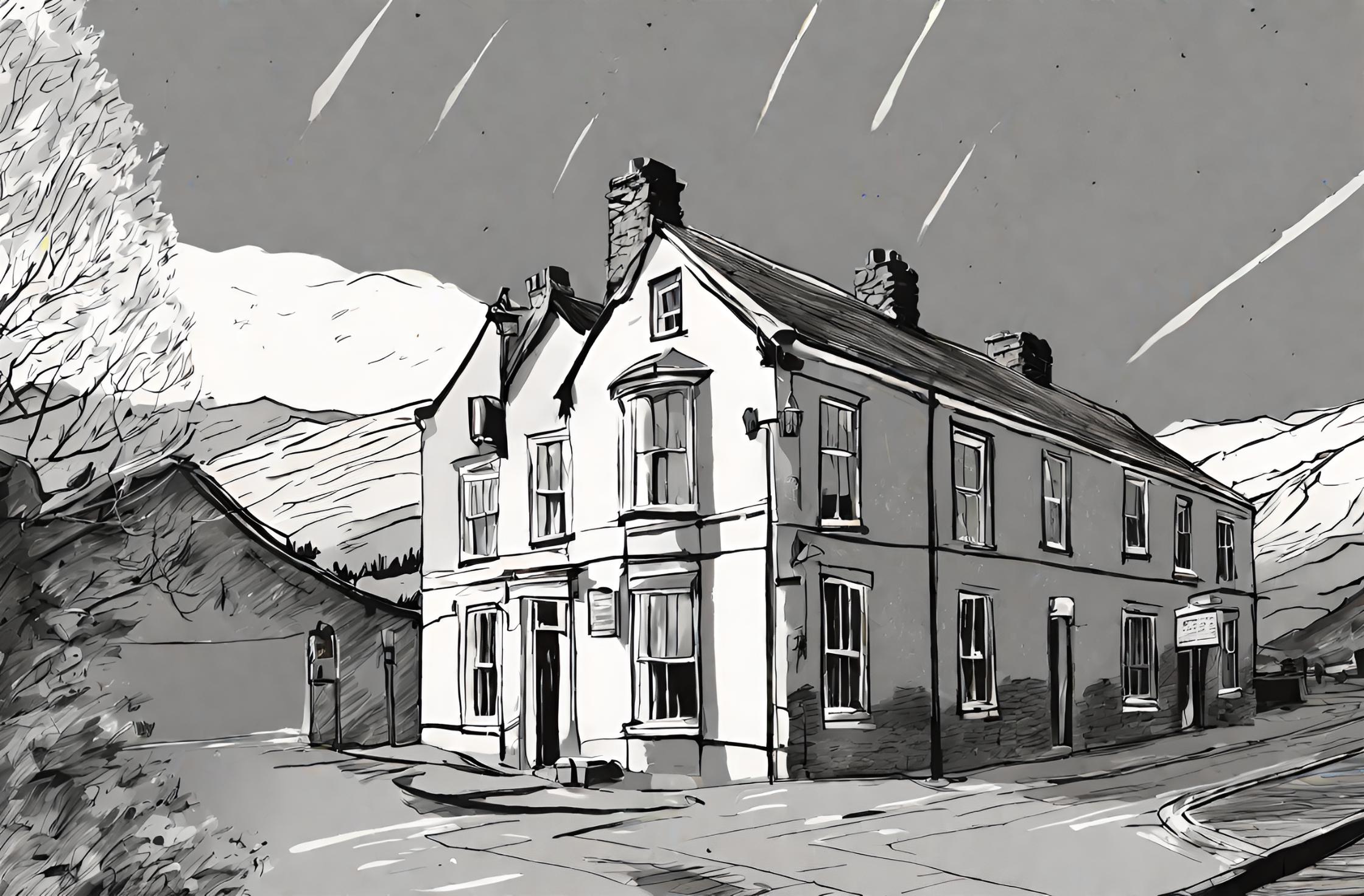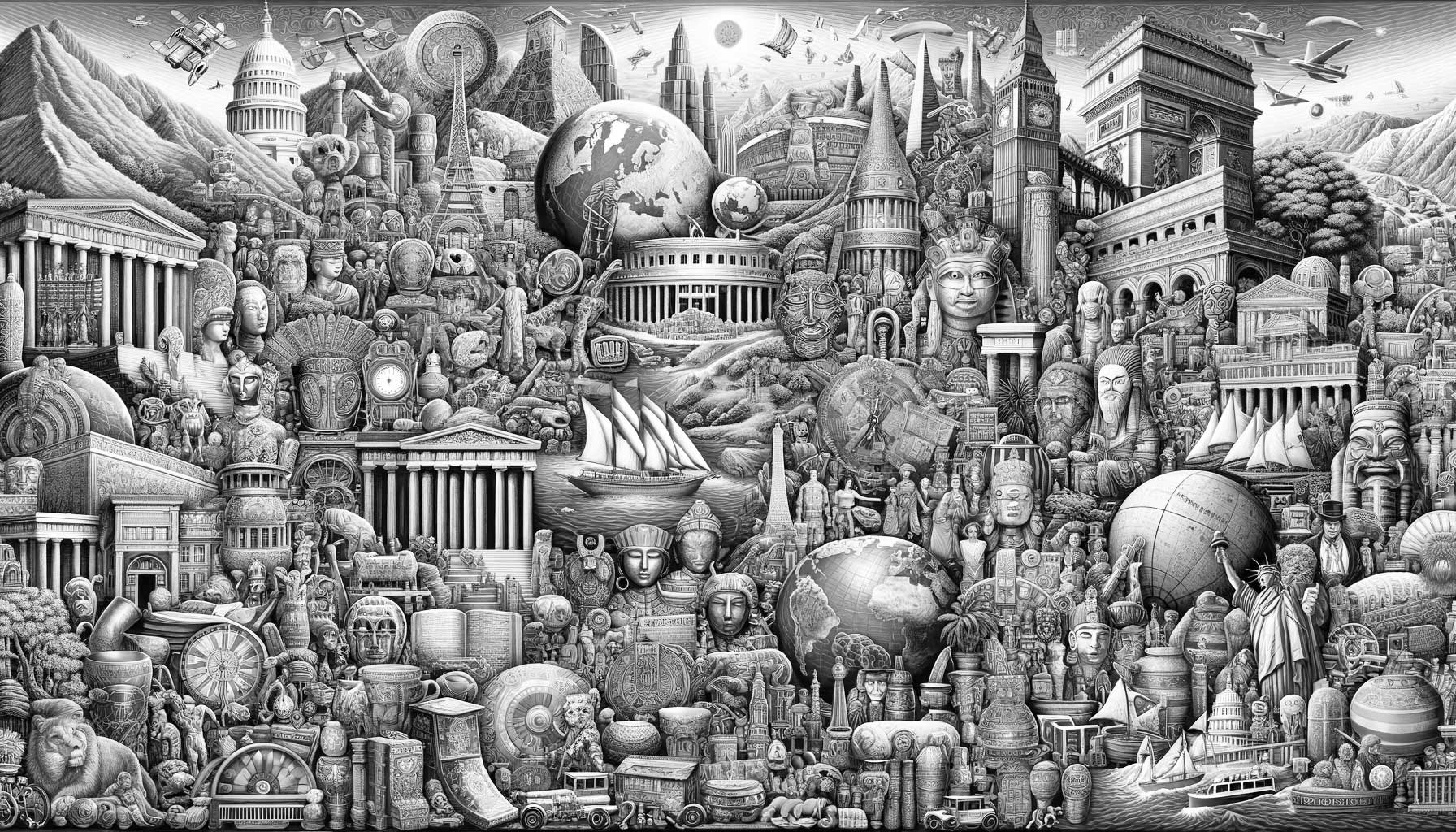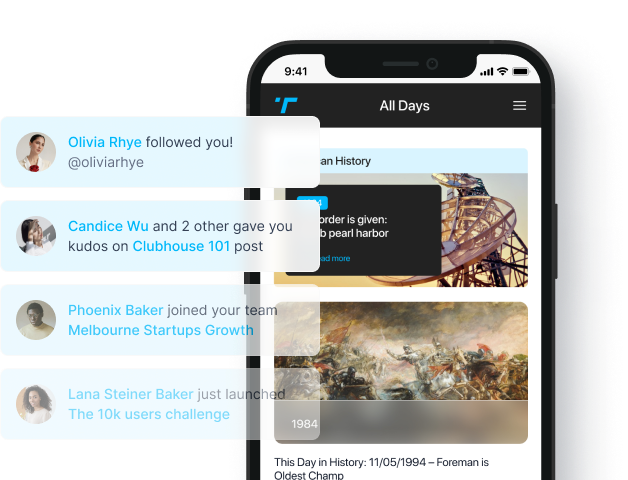Flashback to September 21
World History

On May 13, 1940, one of the most iconic speeches in history was delivered by Winston Churchill, the newly-appointed Prime Minister of the United Kingdom. This event marked a turning point in World War II and has become known as the “Blood, Toil, Tears, and Sweat” speech. In this historic address, Churchill demonstrated his unwavering determination to fight against the forces of tyranny and oppression, while simultaneously inspiring the British people to unite and persevere through the difficult times ahead.
The context in which Churchill delivered this speech cannot be understated. At the time, Nazi Germany was rapidly advancing across Europe, posing a significant threat to the United Kingdom and its allies. Churchill’s appointment as Prime Minister came during this critical period, and he wasted no time in making his intentions clear to the British public. In his speech, he declared, “I have nothing to offer but blood, toil, tears, and sweat,” setting the tone for the challenging journey that lay ahead.
The use of these four powerful words, “blood, toil, tears, and sweat,” was crucial in capturing the gravity of the situation and rallying support for the war effort. By acknowledging the sacrifice and hardships that would be required, Churchill demonstrated his honesty and authenticity as a leader. He made it clear that victory would not come easily, but it was a fight worth pursuing. By acknowledging the inevitable challenges, Churchill’s speech resonated deeply with the British people who were ready to stand up and defend their country.
One key aspect of Churchill’s speech that made it so effective was his use of simple and direct language. He avoided complicated jargon and delivered his message in a concise and accessible manner. This allowed his words to resonate with people from all walks of life, further strengthening the sense of unity and purpose among the British population.
Furthermore, Churchill’s speech also incorporated several rhetorical devices that added to its impact. For instance, he used repetition to emphasize his point. By repeating “blood, toil, tears, and sweat” multiple times throughout his speech, Churchill implanted these words in the minds of his listeners, ensuring that they would be remembered long after the speech concluded. This repetition also served to underscore the immense sacrifices that would be necessary for victory.
Additionally, Churchill’s speech made effective use of imagery. He painted a vivid picture of the struggles and hardships that lay ahead, describing a future filled with “darkness, storms, and tempests.” By appealing to the emotions of his audience, Churchill inspired a sense of urgency and determination, motivating them to face the challenges with courage and resolve.
the “Blood, Toil, Tears, and Sweat” speech delivered by Winston Churchill on May 13, 1940, stands as a testament to his leadership and ability to inspire in times of great adversity. By acknowledging the difficult road ahead and appealing to the emotions of the British people, Churchill united a nation and fortified their resolve to fight against the rising tide of tyranny. This historic event serves as a powerful reminder of the strength and resilience of the human spirit in the face of adversity and has earned its place as one of the most iconic speeches in history.
We strive for accuracy. If you see something that doesn't look right, click here to contact us!
Sponsored Content

In Beddgelert, Wales, a…
On September 21, 1949,…

Nearly 13,000 children in…
On September 21, 2008,…

McAfee.com and F-Secure researchers…
On September 21, 2000,…

President Warren G Harding…
On September 21, 1922,…

Deep Space 1 flies…
"At the groundbreaking event…

Belize is granted full…
On September 21, 1981,…

